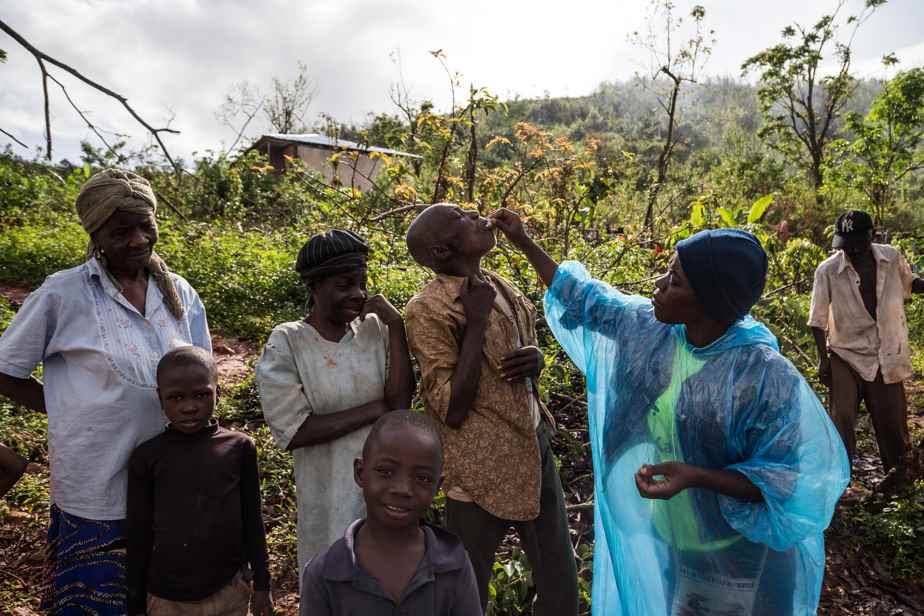(Port-au-Prince) At least seven people have died of cholera in Haiti, authorities announced on Sunday, reigniting fears of a resurgence of the disease in this poor Caribbean country where an epidemic has killed more than 10,000 people between 2010 and 2019.
Posted yesterday at 5:07 p.m.
The Ministry of Public Health and Population had announced a few hours earlier “the detection of a confirmed case of cholera in Savane Pistache Décayette in the commune of Port-au-Prince and of suspected cases in Brooklyn in the commune of Cité Sun “.
During a press conference, the director general of this ministry announced that seven or eight people had succumbed to the disease.
“Most of the victims died in their neighborhoods and could not get to the hospital,” explained Lauré Adrien, pleading for the roadblocks set up in the country to protest against the increase announced on September 11 in the price fuels are lifted in order to allow patients to access health care facilities or ambulances to be able to reach them.
The ministry had assured Sunday afternoon that it had taken steps to try to prevent any spread of the disease, in particular by investigating the possibility of other cases. He also called on the population to be cautious in adopting hygiene measures.
Introduced by UN peacekeepers in 2010, the bacteria causing cholera has killed some 10,000 people in Haiti.
The peacekeepers had dumped feces into the Artibonite river, and the first cases had appeared in this region, before the epidemic spread throughout the country. The UN acknowledged having played a role in the introduction of cholera only in August 2016.
The Ministry of Public Health had organized a ceremony in February marking the official elimination of cholera in Haiti, the last case – before those announced on Sunday – having been recorded in 2019.
Prime Minister Ariel Henry then declared: “This February 4 represents a model of political and civic engagement, which will remain a memorable date in the annals of the history of public health”.
